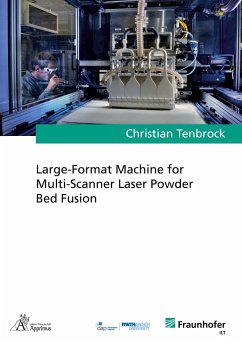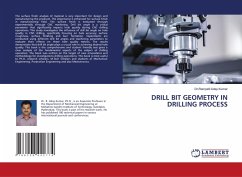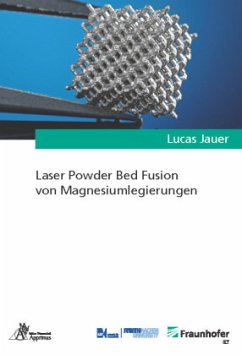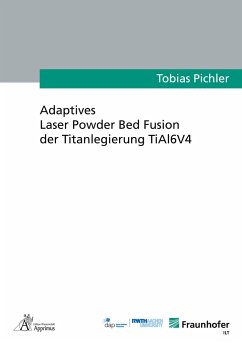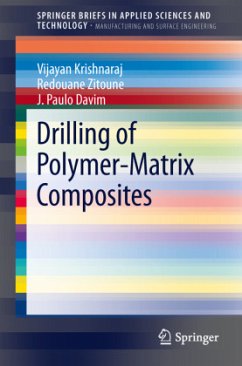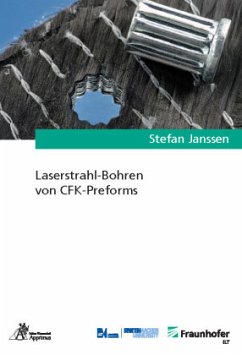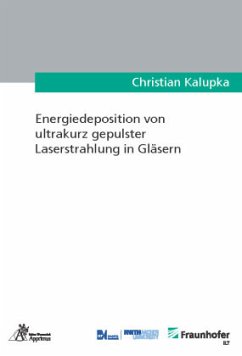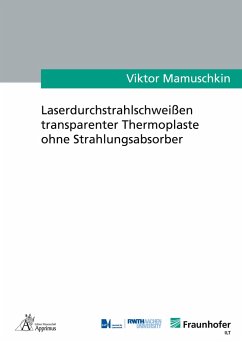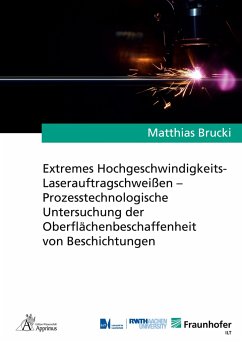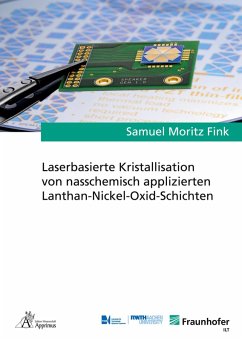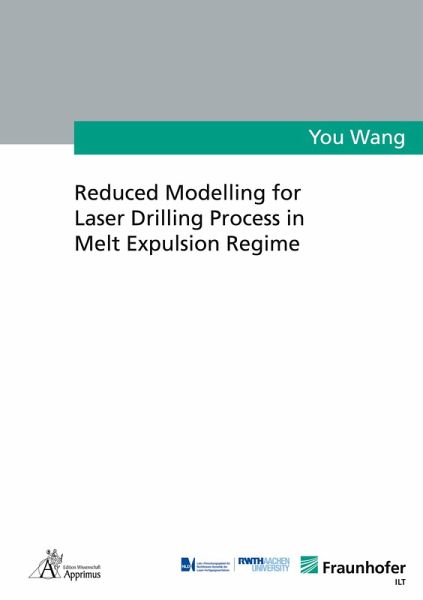
Reduced Modelling for Laser Drilling Process in Melt Expulsion Regime
Versandkostenfrei!
Versandfertig in 6-10 Tagen
39,00 €
inkl. MwSt.

PAYBACK Punkte
0 °P sammeln!
Laser matter interaction in melt expulsion regime involves multiple physics, for example: energy absorption, heat transfer, phase transition, fluid dynamics and gas dynamics. The gap exists in understanding dynamics of laser processing and related qualitative problems such as splashing characteristics and delamination crack initiation. This work used reduced modelling approaches to analyse laser drilling process in melt expulsion regime and quantitatively realized prediction of productivity, splashing features, delamination crack initiation in a real time manner. The derived reduced models als...
Laser matter interaction in melt expulsion regime involves multiple physics, for example: energy absorption, heat transfer, phase transition, fluid dynamics and gas dynamics. The gap exists in understanding dynamics of laser processing and related qualitative problems such as splashing characteristics and delamination crack initiation. This work used reduced modelling approaches to analyse laser drilling process in melt expulsion regime and quantitatively realized prediction of productivity, splashing features, delamination crack initiation in a real time manner. The derived reduced models also enable the generation of dense data, which can be used as reliable digital shadow to support industrial decision-making process. A digital process design tool is implemented with user friendly interface which is operative in smart devices.



